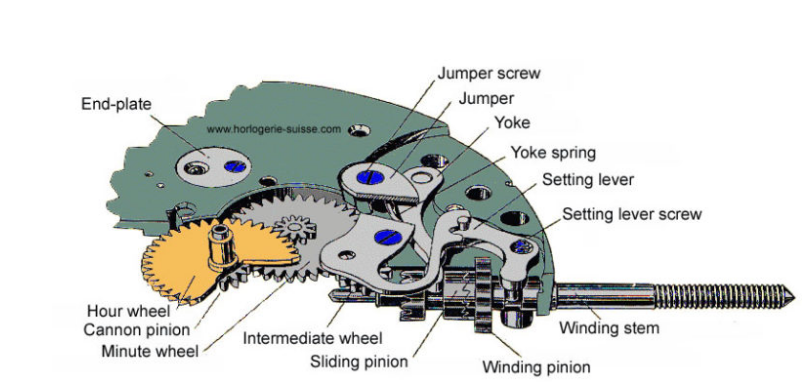norb1967
·Hello,
I haven’t been able to find a dedicated thread on this topic, and wanted some ideas all in one place (as I’ve only seen this discussed briefly on other threads about movement types).
On 50s/60s movements with semi quick set date features (that is to say, winding back and forward between 9 and 12 to advance the date) does anyone have any anecdotal or factual knowledge on whether or not this is ‘bad’ for the movement? As far as my basic understanding of cogs and gears meshing goes, I would assume the movement was designed in such a way to be wound back and forth. But let’s say I wear the watch a few times a week, but not quite enough to keep it fully wound, so each time I wear it I have to set the date. Is this going to accelerate wear?
Thanks in advance.
I haven’t been able to find a dedicated thread on this topic, and wanted some ideas all in one place (as I’ve only seen this discussed briefly on other threads about movement types).
On 50s/60s movements with semi quick set date features (that is to say, winding back and forward between 9 and 12 to advance the date) does anyone have any anecdotal or factual knowledge on whether or not this is ‘bad’ for the movement? As far as my basic understanding of cogs and gears meshing goes, I would assume the movement was designed in such a way to be wound back and forth. But let’s say I wear the watch a few times a week, but not quite enough to keep it fully wound, so each time I wear it I have to set the date. Is this going to accelerate wear?
Thanks in advance.
